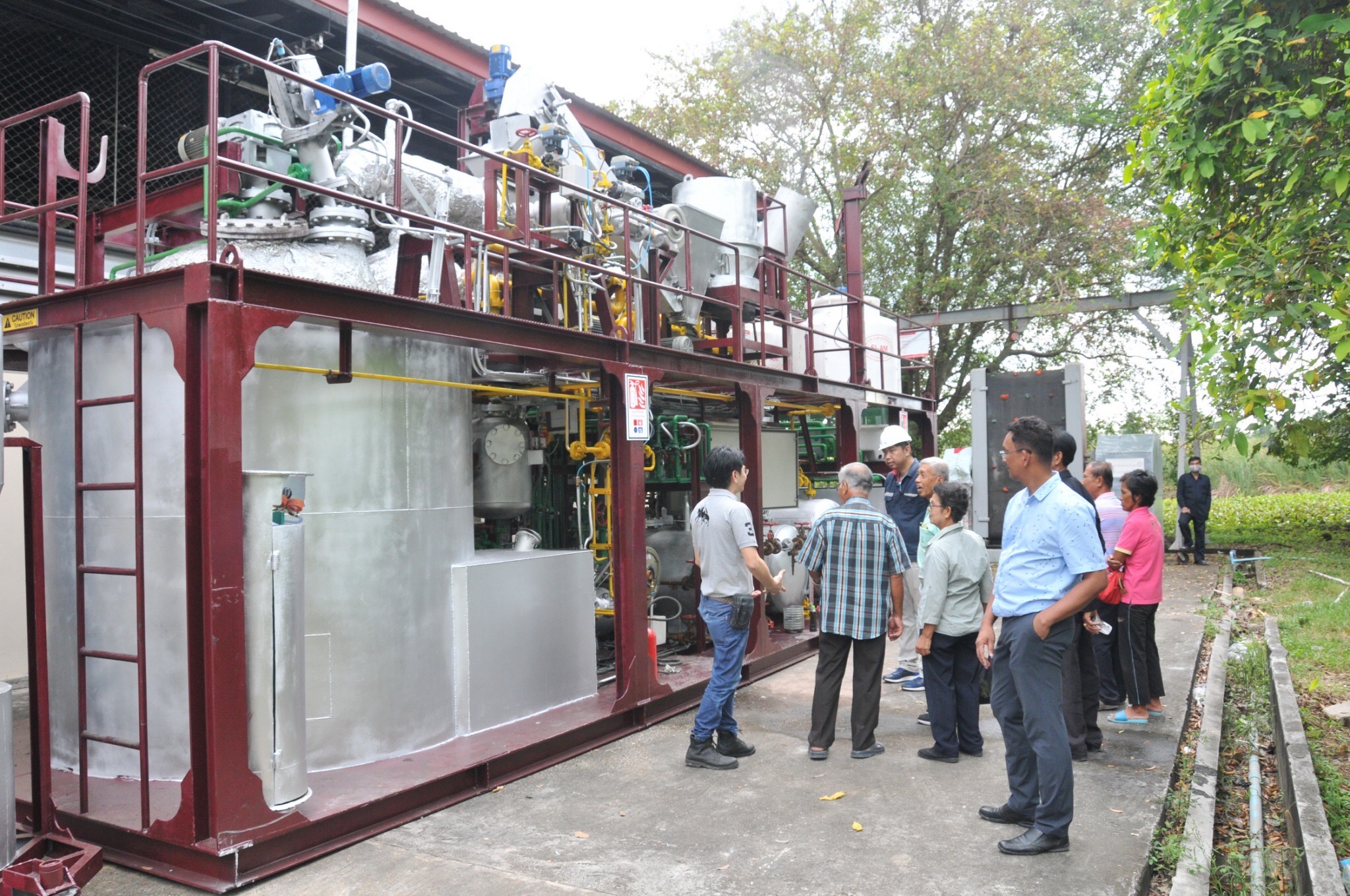Solar Power System
A photovoltaic system, also PV system or solar power system, is a power system designed to supply usable solar power by means of photovoltaics. It consists of an arrangement of several components, including solar panels to absorb and convert sunlight into electricity, a solar inverter to convert the output from direct to alternating current, as well as mounting, cabling, and other electrical accessories to set up a working system. It may also use a solar tracking system to improve the system’s overall performance and include an integrated battery solution, as prices for storage devices are expected to decline. Strictly speaking, a solar array only encompasses the ensemble of solar panels, the visible part of the PV system, and does not include all the other hardware, often summarized as balance of system (BOS). As PV systems convert light directly into electricity, they are not to be confused with other solar technologies, such as concentrated solar power or solar thermal, used for heating and cooling.
PV systems range from small, rooftop-mounted or building-integrated systems with capacities from a few to several tens of kilowatts, to large utility-scale power stations of hundreds of megawatts. Nowadays, most PV systems are grid-connected, while off-grid or stand-alone systems account for a small portion of the market.
Operating silently and without any moving parts or environmental emissions, PV systems have developed from being niche market applications into a mature technology used for mainstream electricity generation. A rooftop system recoups the invested energy for its manufacturing and installation within 0.7 to 2 years and produces about 95 percent of net clean renewable energy over a 30-year service lifetime.
Pyrolysis Mobile Plant
Pyrolysis is the process of chemical transformation of plastic including used tires to the higher heating value fuel, i.e. coal, oil and gas. The process is done by heating at 200-450°C in anaerobic conditions. The proportion of pyrolysis products depends on several factors, including reaction conditions, characteristics of raw materials used as substrate, and type of reactor. The quality of oil produced through pyrolysis process can be further improved by distillation processes.
The advantage of this technology is that it reduces wastes going to landfill and greenhouse gas emissions. Also, it has the potential to reduce the country’s dependence on imported energy resources by generating energy from domestic resources. Waste management with the help of modern pyrolysis technology is inexpensive than disposal to landfills.
Our pyrolysis plant is a mobile type which could be moved by using a truck trailer. The process can deliver at least 400 liters of pyrolysis oil per day.
Energy Storage System
Energy storage works by capturing electricity produced by both renewable and nonrenewable resources and storing it for discharge when required. The solution allows users to come off the grid and switch to stored electricity, at a time most beneficial, giving greater flexibility and control of electrical usage.
The electrical energy grid requires a balance between supply and demand. At times of low demand, when there is excess supply energy it can be stored for use at times of high demand, with low supply, thus adjusting to provide the required balance between supply and demand.
Our energy storage system uses lithium-ion battery technology for its well-known advantages over other batteries, such as high energy density, fast charging capabilities, and long cycle life.

























